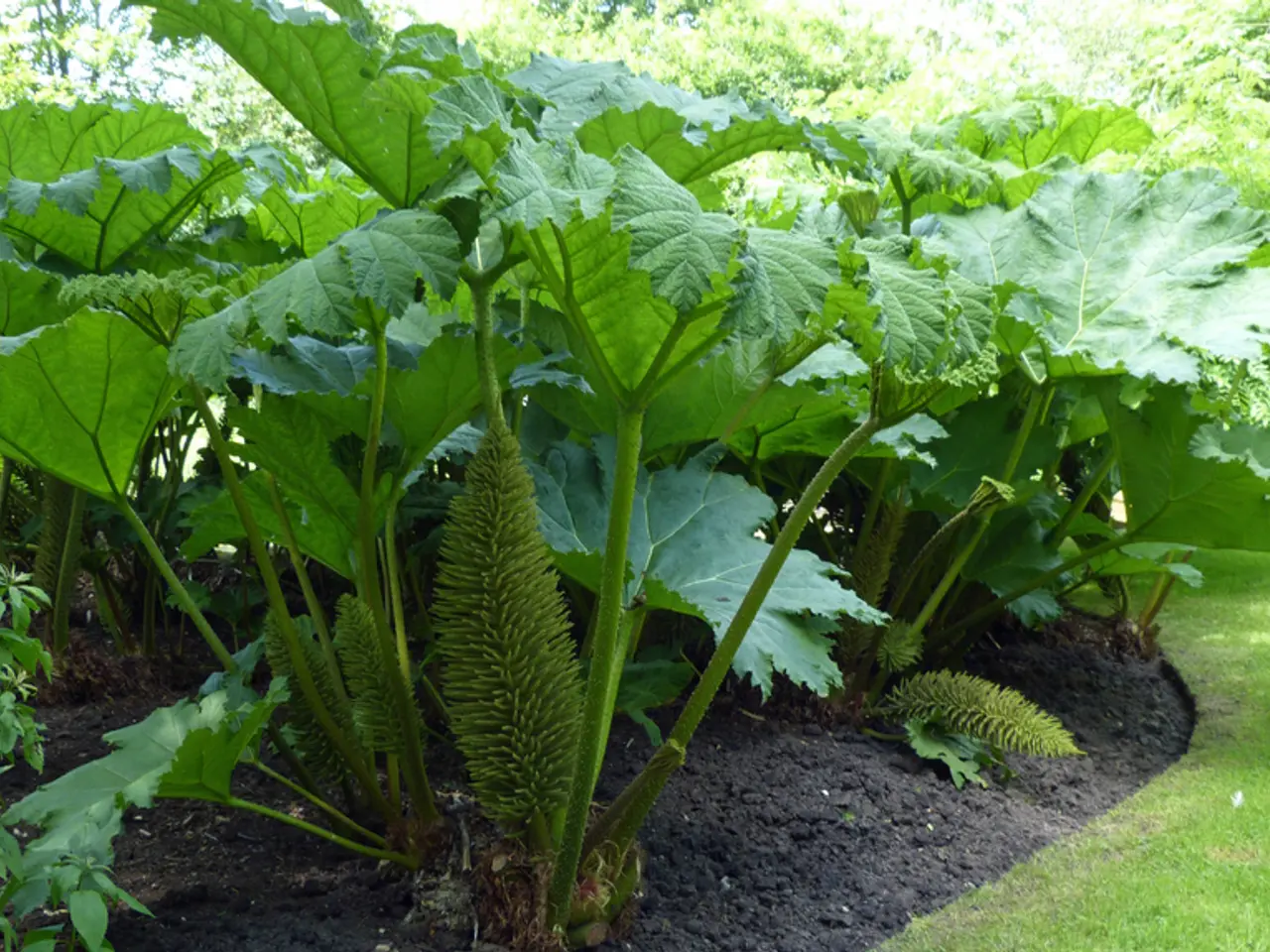Plant Growth: Necessity or Irrelevance of Soil?
Soil structure plays a significant role in plant growth and water retention, regulating root development, soil porosity, and the soil's capacity to hold moisture.
Root Growth and Soil Structure
The structure of soil greatly influences the growth and penetration of root systems. Compacted soils with fewer macropores can restrict root elongation and density, while porous soils with larger pores facilitate root growth and penetration. Older plants or species with fibrous roots tend to modify soil structure by secreting root exudates that lubricate roots, helping them grow better in compacted soils by enlarging pores and reducing soil cohesive forces [1]. Additionally, roots actively engineer pathways by permanently deforming soil particles, creating channels (biopores) that enhance aeration and water infiltration [3][5].
Water Retention
Soil structure impacts water retention by controlling pore size distribution and soil aggregation. Sandy soils with large pores drain quickly and retain little water, whereas clay soils hold more moisture but risk compaction, reducing root access to that water. Loamy soils provide a balance with better moisture retention and drainage [2]. Improving soil structure by adding organic matter, such as straw mulching, enhances soil aggregate stability, reduces bulk density, and decreases evaporation from the surface, leading to increased water retention, especially in the root zone (0–30 cm). Straw mulch also moderates soil temperature, which can indirectly benefit root function and water use efficiency [4].
Root-Soil Interaction and Soil Moisture Dynamics
Healthy soil structure allows roots to efficiently access water and nutrients because it provides larger pores and biopores for root growth and water movement. Roots that can penetrate compacted zones create permanent deformation in the soil (plastic zones), which facilitates root advancement and improves water drainage while maintaining soil integrity [3][5]. These natural root engineering processes could be leveraged in breeding crops that thrive in difficult conditions and enhance soil resilience.
In conclusion, well-structured soil with appropriate porosity optimizes root development and enhances the soil's ability to retain and supply water to plants. Roots themselves can improve soil structure by creating channels and influencing pore architecture, thereby promoting sustainable soil-water-plant interactions [1][2][3][4][5].
References
- Six J., et al. (2000). Soil aggregation and the influence of soil organisms on soil structure. Soil Biology & Biochemistry, 32(14), 1761-1770.
- Doran J. W., & Parkin T. B. (1994). Soil organic matter and soil structure. In R. L. Beare (Ed.), Handbook of Soil and Water Conservation (pp. 159-170). Lewis Publishers.
- Baveye P., et al. (2011). Root-induced soil structure and its impact on soil hydraulic properties. Soil Science Society of America Journal, 75(4), 1075-1086.
- Lal R. (2006). Soil carbon sequestration impacts on global climate change and food security. Science, 313(5790), 1686-1689.
- Hartemink A. E. (2015). Soil structure and soil water storage. In C. E. B. Glossary of Soil Science Terms (pp. 342-343). Springer, Dordrecht.
- The process of roots actively engineering pathways by deforming soil particles, creating channels (biopores), can improve soil structure and enhance water infiltration, making it a health-and-wellness practice for the soil.
- By improving soil structure through the introduction of organic matter like straw mulch, we boost soil health and nutrition, thereby supporting fitness-and-exercise routines for plants by enhancing water retention, especially in the root zone.




